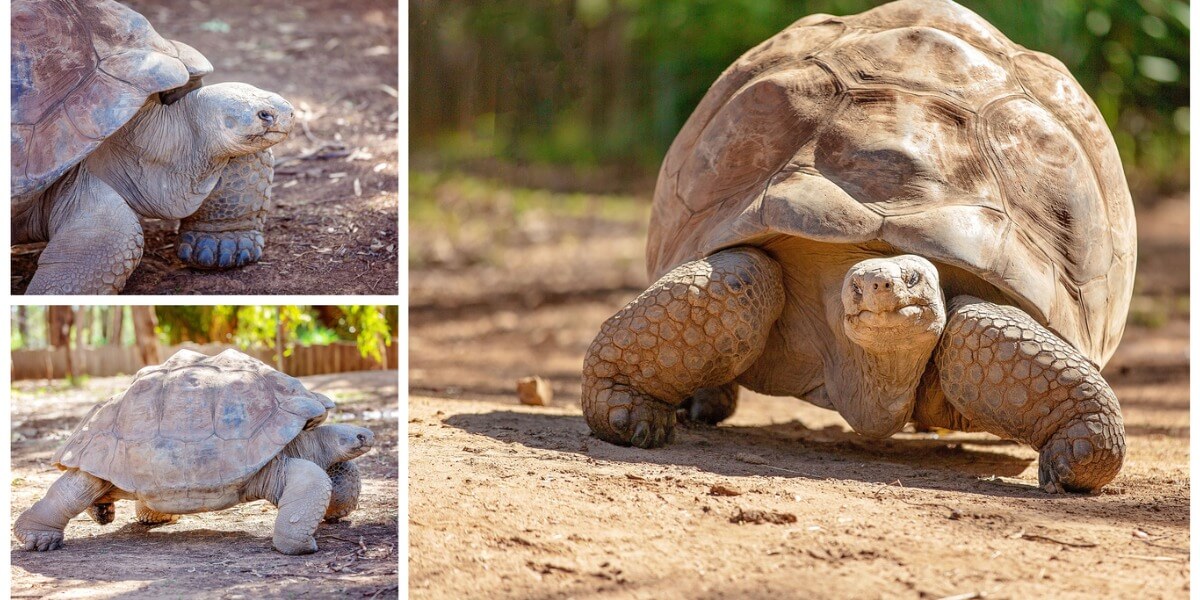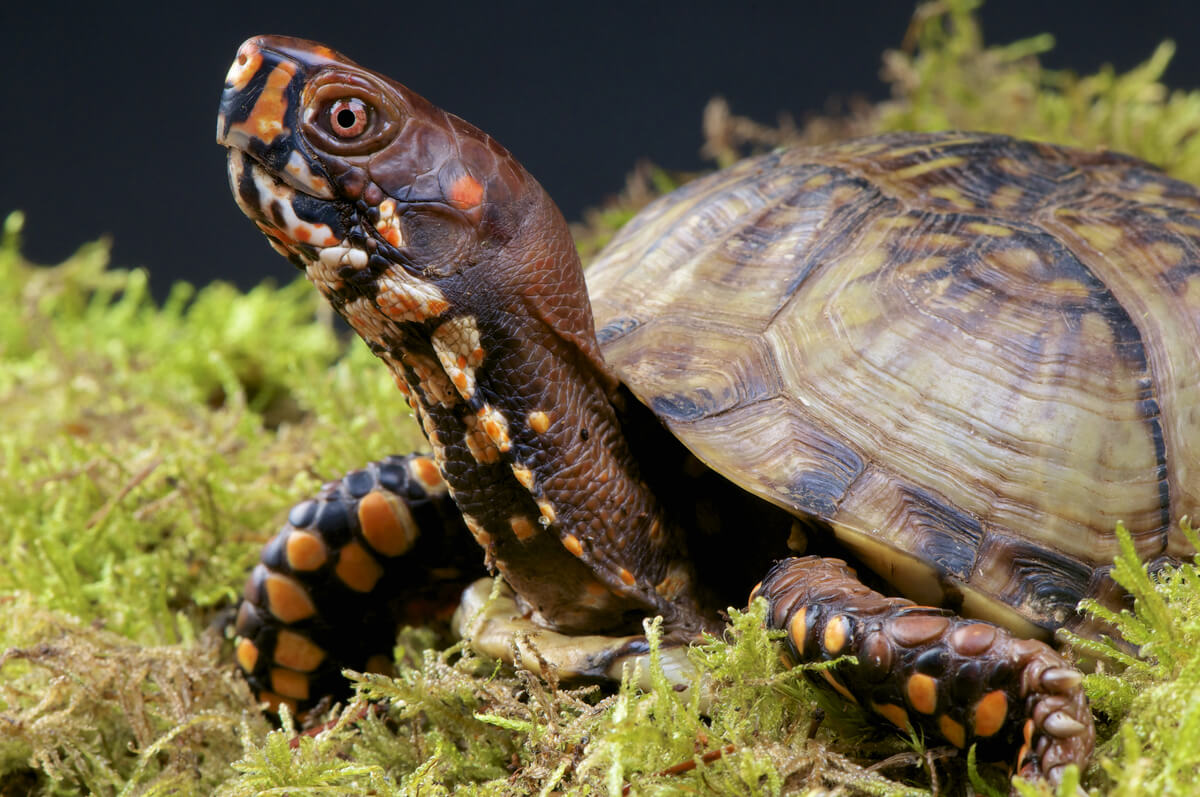The Origin of the Turtle


Written and verified by the lawyer Francisco María García
Turtles are one of the most interesting reptiles and have gained a lot of popularity as pets. Despite its behavior, which suggests a lot of tranquility and a fair share of monotony, the truth is that the history and origin of the turtle is an extraordinary way to get to know them.
Next, we will analyze the amazing changes that turtles have undergone over the centuries that they have inhabited our planet.
The origin of the first reptiles on our planet
Reptiles include some of the oldest species to survive on planet Earth. Among them is a very peculiar type of tortoise native to the American continent, popularly known as the caiman turtle‘, or green sea turtle.
The so-called ‘first reptiles’ emerged at the beginning of the Carboniferous period, about 300 million years ago. According to most zoologists, this ancient family of animals called Captorhinomorphs are the ancestors of all the reptiles that we know today.
The captorhinomorphs had a body similar to the current small lizards. In addition, they showed significant changes in relation to the labyrinthine amphibians from which they evolved, especially in the proportions and characteristics of the skull.
The skull of these ‘first reptiles’ showed a complete bony lining in the region of their cheekbones. Because of this, they are considered anapsid animals.
The origin of the turtle: evolution from the anapsids
The evolution of turtles is a very particular case, even in the field of the evolutionary history of reptiles. Its evolution from the anapsids registered unique changes that were not observed in the evolutionary process of other species of reptiles.
Because of these changes, and for these reasons, turtles have a very particular appearance: they don’t resemble any other living animal on the earth’s surface.
One of the great curiosities about the history of the turtle is that, contrary to popular belief, it was originally a land animal. The evolutionary history of reptiles indicates that it took about 100 million years for some testudines to evolve in such a way that they adapted to the aquatic environment.

The first issue
In fact, the first animal that’s directly related to the current turtle is the Eunotosaurus. It’s an extinct reptile that was the first to develop the widening of the ribs, which was essential for the breathing and ventilation process of the animal’s body.
In practice, only after the birth of the Pappochelys was it possible to observe a structure similar to the plastron of current turtles. This primitive structure was called gastralia and its main function was to protect the vital organs of the individual.
Therefore, the evolution of turtles has included a double adaptive process. They start, like all reptiles, from amphibians, to later undergo new morphological and behavioral changes to return to life under water.
The first testudines to inhabit our planet
The first known representative of the Testudines is called Odontochelys. This species was born in South Asia during the Triassic period, about 220 million years ago. It was an aquatic animal whose plastron – the lower part of the shell – was already well formed. Its back still had primitive features.
About 10 million years later, still during the Triassic, the second testudine, known as Proganochelys, which lived in Eurasia, would emerge. Despite also being a primitive species, its shell already resembled that of current turtles.
In this second specimen, the neck and limbs weren’t yet retractable, as they were covered by thorns, in addition to having teeth on its palate. According to this evidence, turtles could be one of the oldest reptiles in the world. It is thought that they emerged even before snakes and lizards.

The controversial classification of turtles
Taxonomy may seem like a very exact science to those who aren’t directly involved in its study. However, the classification of turtles has aroused strong debates that, to this day, haven’t found a consensus in the scientific community.
For many years, herpetologists seemed to agree that these reptiles belonged to the anapsids. But, recently, the biologist Gabe S. Bever carried out a detailed study on the skull of a primitive tortoise (Eunotosaurus africanus). This report showed that turtles actually belong to the diapsid subclass.
So, the evolution and origin of the turtle may still hold many mysteries which we hope to discover with the advancement of science and technology.
This text is provided for informational purposes only and does not replace consultation with a professional. If in doubt, consult your specialist.